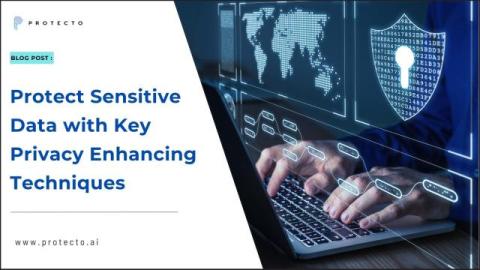LLM Security: Top Risks and Best Practices
Large Language Models (LLMs) have become central to many AI-driven applications. These models, such as OpenAI’s GPT and Google’s Bard, process massive amounts of data to generate human-like responses. Their ability to handle natural language has revolutionized industries from customer service to healthcare. However, as their use expands, so do concerns about LLM security. LLM security is critical because these models handle sensitive data, making them tempting targets for cybercriminals.











